The Fairy Tales of the Brothers Grimm: Exploring Their German Roots
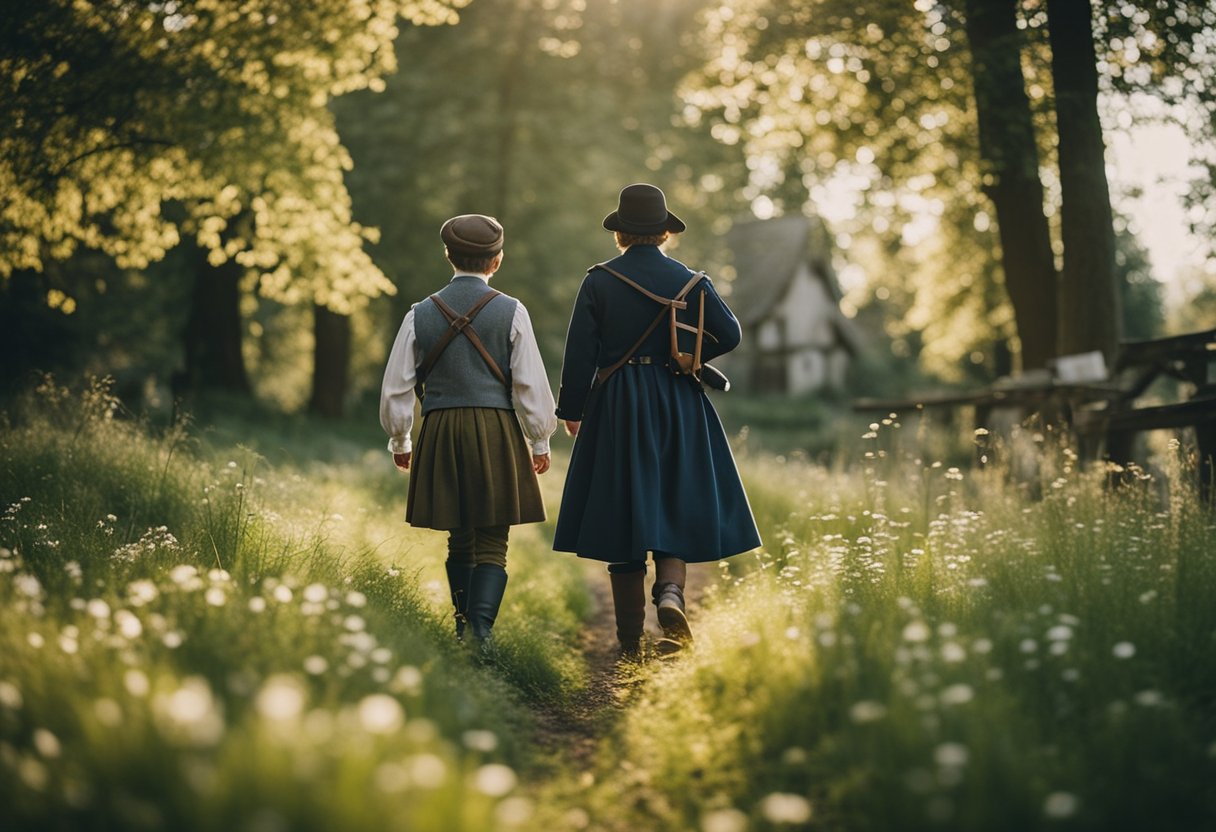
Updated On: March 25, 2024 by Eman Sameh
Our journey through the storied landscape of the Brothers Grimm takes us to a realm where the lines between oral tradition and literary finesse meet. The tales spun by Jacob and Wilhelm Grimm were not merely figments of imagination meant to entertain; they were intricate threads woven into the social and cultural fabric of Germany. These narratives have transcended the boundaries of time and geography, etching their origins into the heart of German heritage.
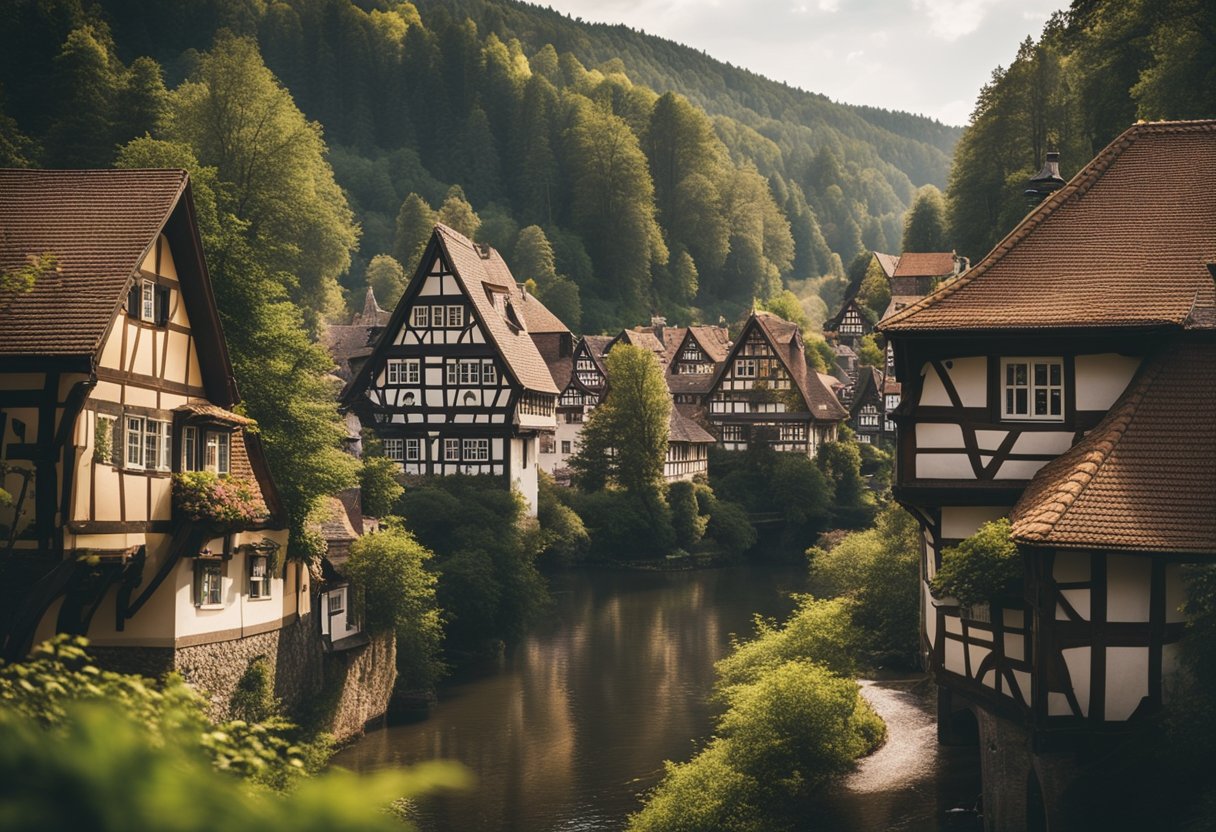
As we trace the origins across Germany, we uncover the layers that have solidified the Grimm fairy tales as a cornerstone of folklore. The collection “Kinder- und Hausmärchen” (Children’s and Household Tales), first published in 1812, was a seminal work cataloguing stories passed down through generations. Within these tales lay the richness of Germanic cultural expressions, values, and the complexities of a society in evolution. The Brothers Grimm embarked on a quest not merely to preserve these tales but to document the linguistic and philological essence that shaped their creation.
Early Life of the Grimm Brothers

Exploring Jacob and Wilhelm Grimm’s roots unfolds a narrative woven with deep family ties and academic vigour, tracing back to their early years in the German countryside.
Family Background
Jacob Ludwig Karl Grimm and Wilhelm Carl Grimm were born into a world of institutional prominence and familial warmth. Their father, Philipp Wilhelm Grimm, held a reputable position as a district magistrate, while their mother, Dorothea Grimm, ensured the values of culture and education held sway in their household. The siblings spent their formative years in the town of Hanau and later moved to Steinau, engraining the essence of Germanic culture in their upbringing.
Education and Academic Pursuits
Our focus on the scholarly progression of the brothers reveals their journey to the University of Marburg, a pivotal chapter in their collective biography. Under the tutelage of influential figures such as Clemens Brentano and Friedrich Karl von Savigny, they developed a profound appreciation for folk poetry and the methodologies of historical research. This intellectual foundation catalysed their later achievements and the compilation of folklore that would resonate across generations.
Their education not only centred on academia but also encompassed a practical understanding of the world, positioning them to later capture the essence of Germanic folklore. Jacob and Wilhelm’s studies in Marburg served as the keystone for their future collaborations and literary endeavours.
The Cultural and Historical Context of Germany
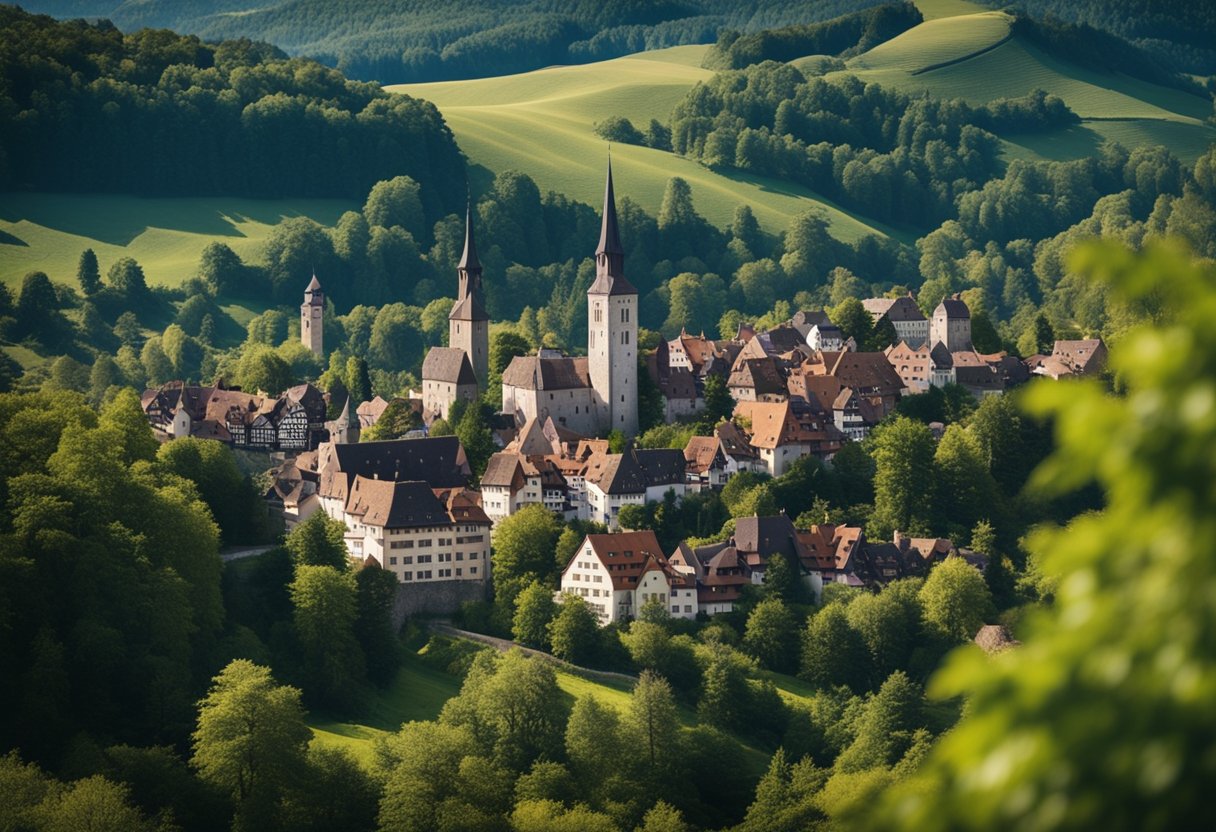
In exploring the origins of the Brothers Grimm’s fairy tales, it’s essential to consider the Germanic backdrop of the early 19th century. This era was rife with political upheaval and burgeoning nationalism, and folklore and legends flourished as a repository of cultural identity.
Napoleonic Wars and Nationalism
The incursion of the Napoleonic Wars across Europe had profound implications for German-speaking countries. These conflicts between 1803 and 1815, which saw various Germanic territories fall under French influence, catalysed a wave of German nationalism. It was a time when the collective conscience of the people sought unity and cultural autonomy against foreign control. Amidst the disorder, a strong sense of national identity began to coalesce, driven by the desire to preserve and strengthen all that was deemed quintessentially German.
The Role of Folklore and Legends
Folktales and legends were more than mere bedtime stories; they were vital threads woven into the fabric of German culture. These narratives passed down through generations, encapsulated the morals, fears, and hopes of the people. Collecting such tales was not only an endeavour to capture the imagination but also a scholarly pursuit to catalogue the essence of Germanic identity. The Brothers Grimm, in their efforts to collect these stories, sought to reclaim and reinvigorate the cultural heritage, ensuring that the heart of German legends and folk traditions beat on against the backdrop of political and societal change.
The Birth of Kinder- und Hausmärchen
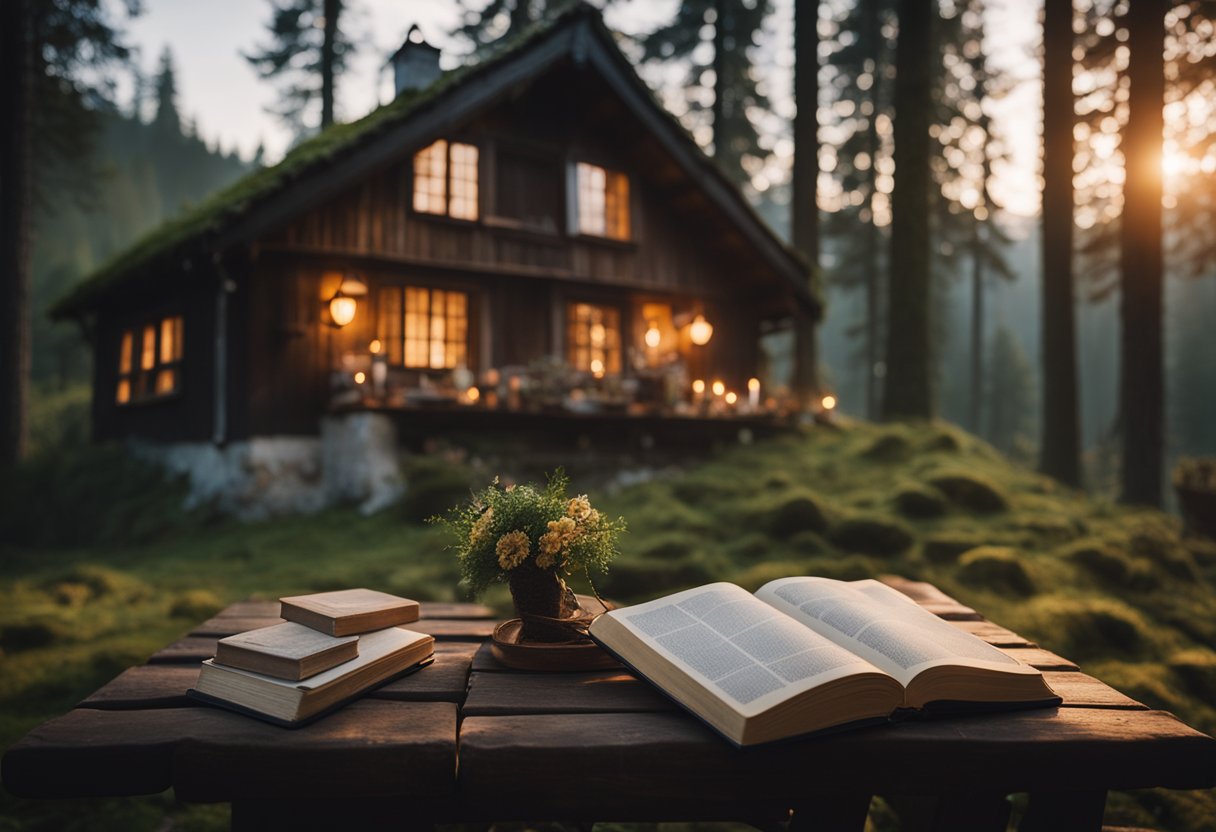
In 1812, Jacob and Wilhelm Grimm brought to life an anthology of folk tales, marking a seminal moment in literary and cultural history. This collection, known as Kinder—und Hausmärchen (Children’s and Household Tales), often simply referred to as Grimm’s Fairy Tales, would go on to leave an indelible mark on storytelling and folkloristics.
First Edition
The first edition of Kinder—und Hausmärchen emerged from a time of burgeoning interest in German folklore. It was meticulously compiled to preserve traditions and tales that were feared to be on the brink of oblivion. This 1812 volume featured 86 stories, becoming the foundation upon which the Grimm brothers would build their legacy. The stories were gathered from various sources, including oral tradition and earlier written collections, reflecting a rich tapestry of regional influences and cultural heritage.
Contributors and Influences
Among the integral contributors to the Grimms’ anthology was the poet Clemens Brentano, whose own interest in folk poetry intersected with the brothers’ academic pursuits. Brentano, along with Achim von Arnim, had earlier published a collection of folk songs which no doubt impacted the Grimms’ approach to their work. Beyond individual contributors, the broader Romantic movement’s preoccupation with the past and the ephemeral nature of oral tradition heavily influenced the inception and evolution of Kinder- und Hausmärchen. As a result, their work is not just a collection of stories but a window into the world of German folklore and its place within the cultural consciousness of the era.
Key Fairy Tales and Their Significance

In our exploration of the Brothers Grimm’s fairy tales, we examine their cultural impact and the deep themes embedded within some of their most famous works. Each tale offers more than mere entertainment; it serves as a window into the societal norms and traditions of the time.
Cinderella and Social Themes
Cinderella is not just a story of magical transformation but one that reflects on the societal structure and the desire for improved social status. At its core, the tale critiques the rigid social hierarchies and the notion that virtue and beauty can lead to social mobility.
Little Red Riding Hood and Oral Tradition
Little Red Riding Hood has traversed through the strands of the oral tradition for centuries. Its inclusion in the Grimm’s collection illustrates the transition from folklore orally passed down to a tale fixed in a literary form. The narrative is an allegory for the dangers lurking beyond the known and the importance of heeding parental guidance.
Rapunzel and Romantic Elements
The influence of romantic elements is evident in the tale of Rapunzel. Embedded in the story are themes of love’s triumph and the yearning for freedom and self-realization. This tale permeated with romantic elements, captures the struggle against societal constraints and the pursuit of a love that breaks barriers.
By reflecting on these tales, we gain insight into the complex tapestry of human society and the timeless nature of these narratives that continue to resonate across generations.
Oral Tradition and Its Evolution
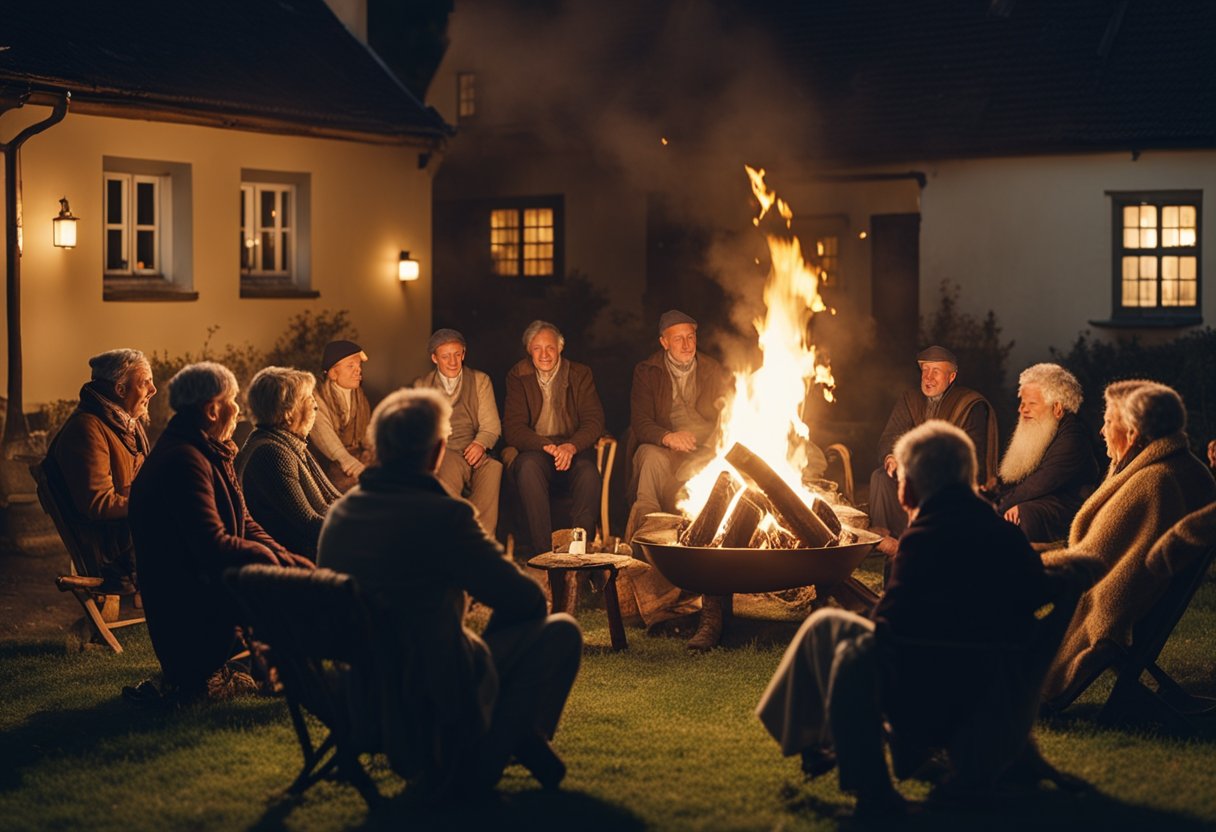
In exploring the enigmatic origins of the Brothers Grimm fairy tales, we find that the oral tradition laid the foundation for these narratives, which were later transcribed to preserve the folklore of Germany.
Role of Women in Storytelling
Women were pivotal in the transmission of oral stories. They often served as the primary storytellers within families and communities, passing down tales that had been shared for generations. These stories were not merely for entertainment but also a means of instilling social norms and values. It’s through this practice that folklore remains alive, evolving with each telling.
From Oral Sources to Written Works
Transitioning from oral sources to written works marked a significant turning point for fairy tales. The Brothers Grimm extensively collected oral narratives, which they diligently converted into written stories. This passage into the text not only preserved the tales but allowed them to be disseminated widely, ensuring their survival and continued evolution. These writings reflected a composite of storytelling traditions and the societal context of the times.
Contributions to Linguistics and Philology
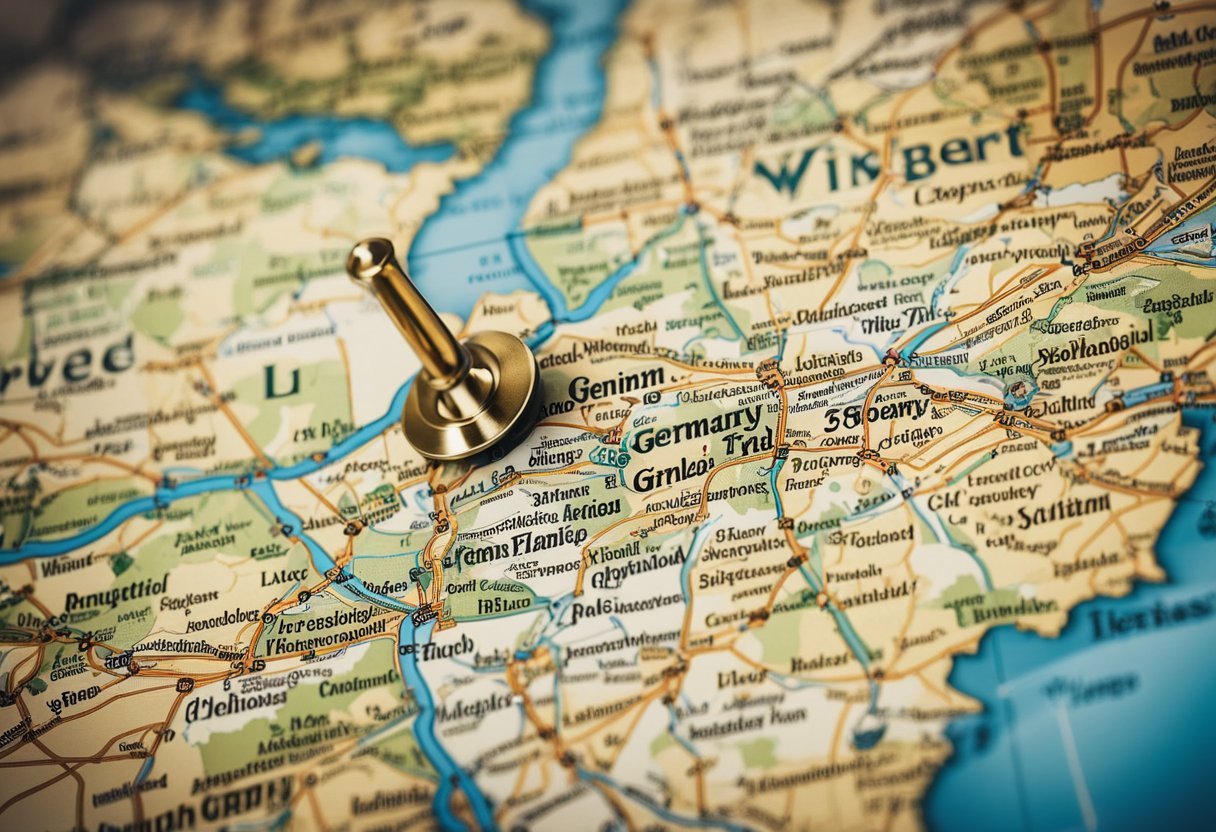
We recognise the significant impact that the Brothers Grimm had on both linguistics and philology, particularly through the foundation of historical linguistics and their contribution to the German dictionary.
Grimm’s Law and Historical Linguistics
Jacob Grimm, one of the famed Brothers Grimm, was instrumental in formulating a significant linguistic rule called Grimm’s Law. This pivotal concept within historical linguistics laid the groundwork for the systematic study of sound changes in how consonants developed in certain Indo-European languages. By identifying patterns of phonetic transformation from Proto-Indo-European to Germanic languages, Grimm’s Law has provided essential insights into the evolution of speech sounds over centuries. This evidence-based approach added considerable credibility to the field, illustrating the meticulousness that goes into the study of linguistic history.
German Dictionary and Philological Works
Our exploration of the Grimm legacy takes us further into philology with their monumental work, Deutsches Wörterbuch—a comprehensive German dictionary. Commenced by Jacob and Wilhelm Grimm, this dictionary was not just a collection of words but a philological opus that delved into the etymology, usage, and evolution of the German language. Emphasising the cultural context and historical depth of words, their work is a testament to their dedication to capturing and preserving linguistic heritage. The dictionary exemplifies how philological studies intertwine with the intricacies of language to map its progression and usage throughout time.
Through their meticulous studies and publications, the Brothers Grimm undoubtedly advanced our understanding of language and its historical complexities.
The Grimm Brother’s Impact on German Legal Systems
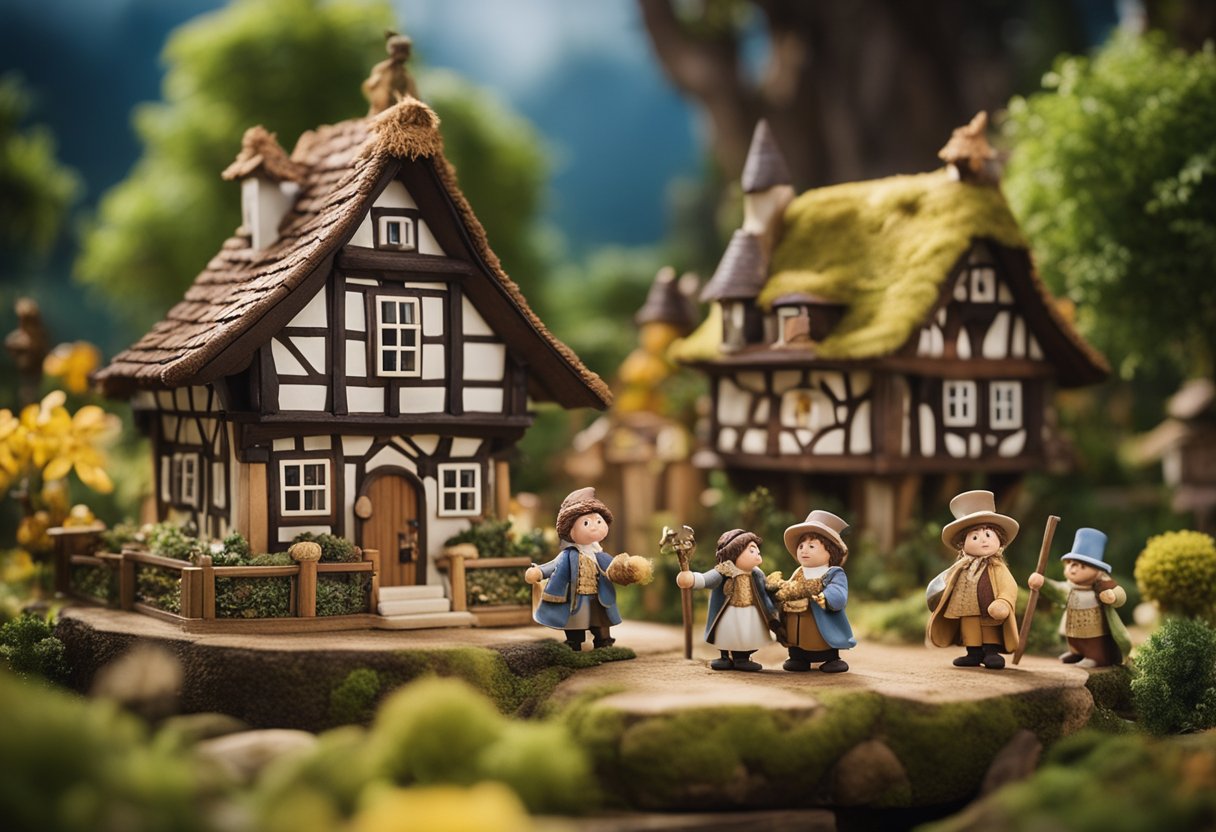
Before examining Wilhelm Grimm’s specific contributions to German jurisprudence, it is essential to understand that his impact extended beyond the sphere of folktales and linguistic studies. Wilhelm was deeply interconnected with the formation of legal thought during his time.
Wilhelm’s Jurisprudence Contributions
Wilhelm Grimm, alongside his more well-known literary pursuits, made notable strides in the realm of legal scholarship. His close association with influential figures such as Friedrich Karl von Savigny, a leading figure in the historical school of law, provided Wilhelm with a unique perspective on legal systems. Savigny’s approach emphasised the importance of historical context and the evolution of legal principles rooted in the volksgeist, or spirit of the people, a viewpoint that likely influenced Wilhelm’s own thoughts on law and legal culture.
While Wilhelm did not craft laws directly, his scholarly works, including his observations on historical legal texts, added depth to the discourse regarding German legal systems. His efforts helped trace the provenance of legal principles, much as he did with the folklore in the famous Grimms’ fairy tales. Through his meticulous work, Wilhelm Grimm contributed to the foundation on which modern German jurisprudence now stands.
Global Influence and Adaptations

The Fairy Tales of the Brothers Grimm have not only captivated readers for centuries but have also made a remarkable journey across cultural borders, influencing storytelling around the world. Their timeless narratives found universal appeal, inspiring countless adaptations and earning prestigious recognition.
UNESCO and Worldwide Recognition
The significance of Grimm’s Fairy Tales is underscored by their inscription in the UNESCO Memory of the World Registry. This honour reflects the tales’ profound impact on global culture and their preservation as a literary treasure. Their narratives, steeped in folklore, have become a part of the world’s shared heritage, acknowledged by UNESCO for their lasting value to humanity.
Disney and Modern Retellings
Walt Disney Studios has been instrumental in bringing Grimm’s Fairy Tales to contemporary audiences. Through iconic films like Snow White and the Seven Dwarfs and Cinderella, Disney’s modern retellings have reshaped these classic stories into universal symbols of good triumphing over evil. These adaptations have woven themselves into the fabric of popular culture, demonstrating the enduring legacy and adaptability of the tales crafted by the Brothers Grimm.
Preservation and Legacy

In the journey to keep the Brothers Grimm’s heritage alive, meticulous efforts in preservation have led to an enduring legacy. Our focus is on how these tales have been safeguarded and continue to influence scholarly fields today.
Memory of the World Registry
The Memory of the World Register, an initiative by UNESCO, recognises the importance of the preservation of significant documents. The Brothers Grimm’s fairy tales are a prime example, acknowledged for their cultural value and maintained as a treasure in libraries worldwide. This inclusion not only marks the tales for posterity but also ensures their continued accessibility for future generations to come.
Academic Endeavours and Folkloristics
Professors and folklorists alike have long found the Grimm fairy tales to be a rich resource for cultural studies. By studying these tales, academics have meshed the world of fantasy and reality to understand societal norms, history, and ethics embedded within them. Their commitment to academic endeavours preserves the integrity and relevance of these stories, cementing their place in the annals of folkloristics and beyond.
Critical Analysis and Methodology
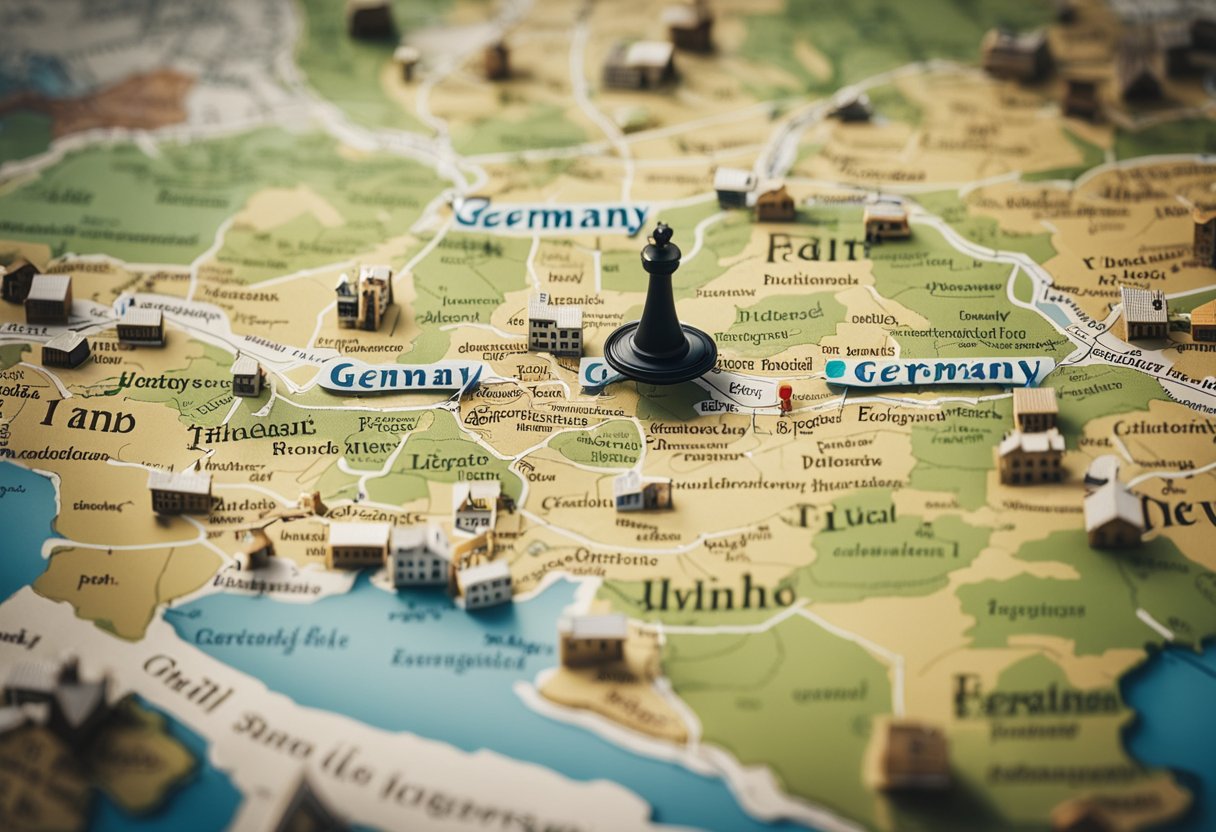
In our examination of the Grimm Brothers’ fairy tales, we centre our analysis on literary scrutiny and investigate the motif of Naturpoesie within these narratives. Our methodological approach is rigorous and precise.
Literary Research and Naturpoesie
Through literary research, we identify Naturpoesie as an integral concept within the Brothers Grimm’s tales. This term represents natural poetry or the inherent poetic qualities found in the natural folklore of the time. We examine how these elements of Naturpoesie illuminate the cultural and societal contexts from which the tales originate.
Methodological Approaches
Our investigation utilises a variety of methodological approaches to unpack the complexities of the Grimm canon. We implement historical analysis to trace the origins and transformations of tales across Germany alongside a comparative literary analysis that discerns thematic and character contrasts within the stories. Our methodology is rooted in a precise and systematic examination of the texts, ensuring authentic and accurate insights into the fairy tales and their cultural significance.
Frequently Asked Questions
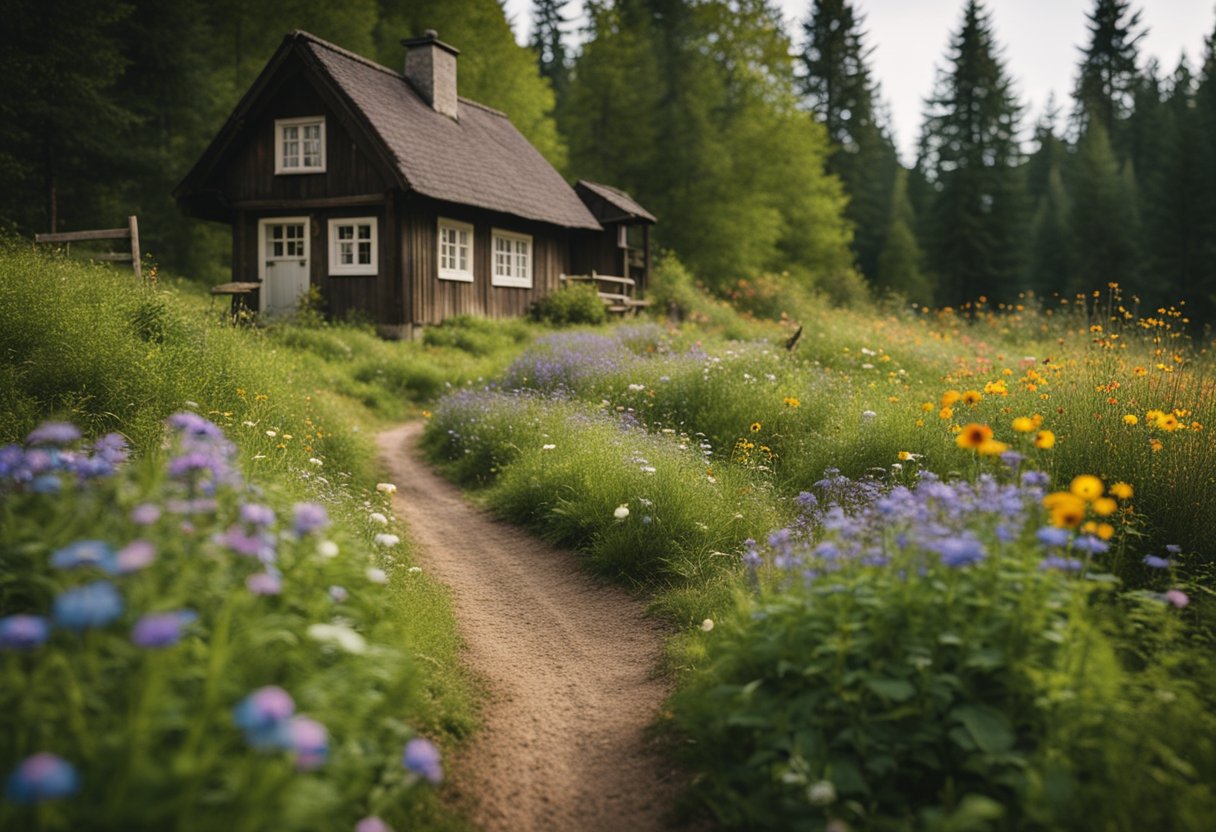
We’ve compiled a list of common queries to help unveil the origins and transformations of the Brothers Grimm’s fairy tales, which hold an esteemed place in German heritage.
Which tales are included in the Brothers Grimm fairy tales collection?
The Brothers Grimm’s fairy tale collection, “Children’s and Household Tales,” includes classics like “Cinderella,” “The Frog Prince,” and “Hansel and Gretel.” Their anthology has been a cornerstone of childhood reading for generations.
What motives propelled the Grimm brothers to collect and write fairy tales?
Jacob and Wilhelm Grimm were driven by a desire to preserve German folklore in the face of rapid cultural change during the 19th century. They sought both to document these tales and to bolster a sense of German cultural identity.
How did the Grimm Brothers contribute to the preservation of folklore?
The Grimm Brothers contributed to folklore preservation by diligently recording oral traditions and folklore that might have otherwise been lost. Their work established a written legacy of German folk stories for posterity.
In what ways do the original versions of the Grimm fairy tales differ from their more modern adaptations?
The original Grimm fairy tales were often darker and contained more adult themes compared to later adaptations. Changes were made over time to suit younger audiences, such as removing references to Rapunzel’s pregnancy.
What role did the collection of fairy tales play in German national identity formation?
The Grimm’s collection helped to shape German national identity by providing a united set of cultural stories and values that could be shared across the diverse regions of Germany. These tales promoted a sense of a shared cultural heritage.
Why are the Brothers Grimm often associated with the origins of fairy tales in Germany?
The Brothers Grimm are synonymous with the origins of fairy tales in Germany due to their extensive work in capturing and canonizing the tales during a period when the very essence of German culture was seen to be at risk. This gave them a reputation as the forefathers of German folk storytelling.






